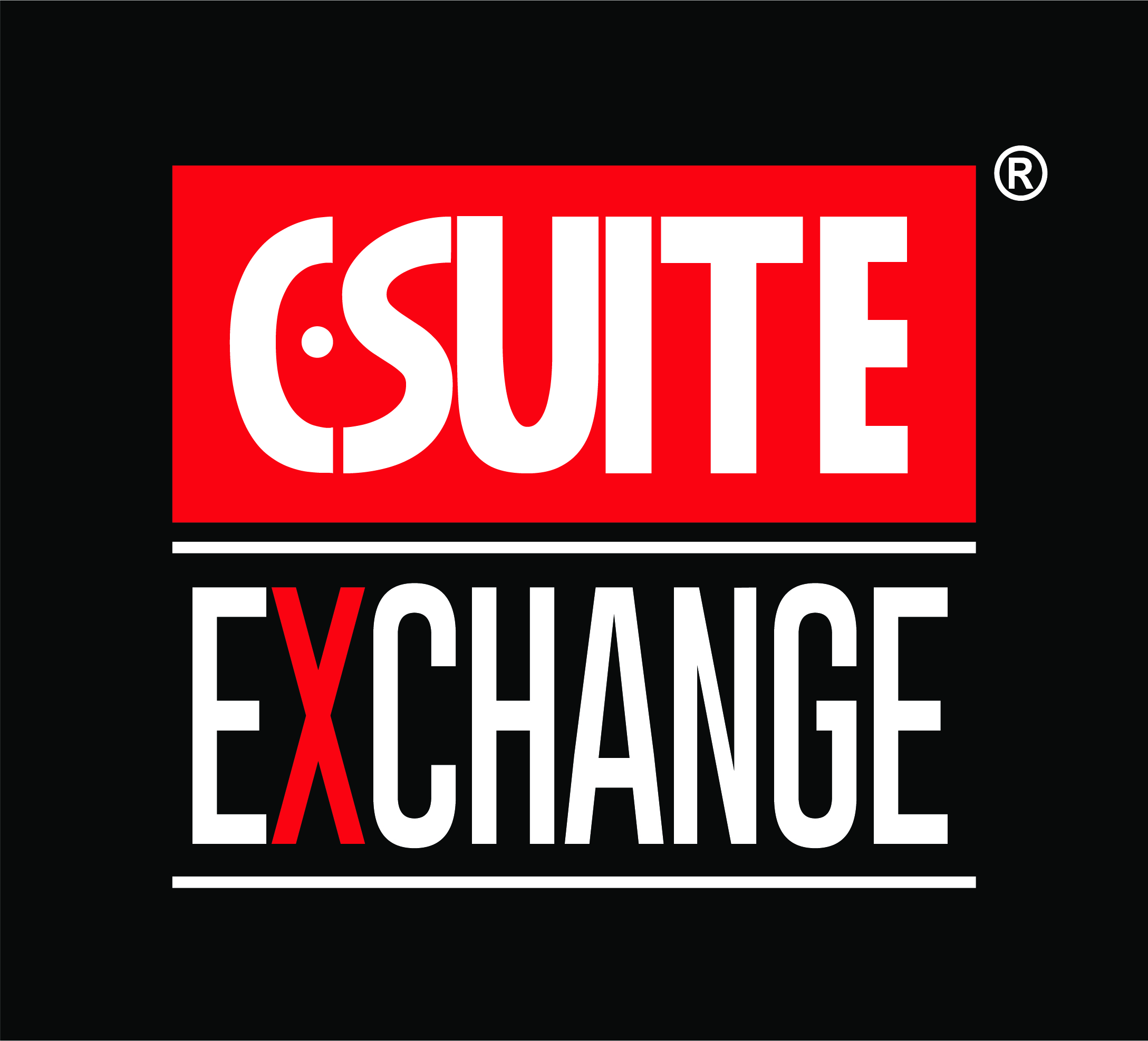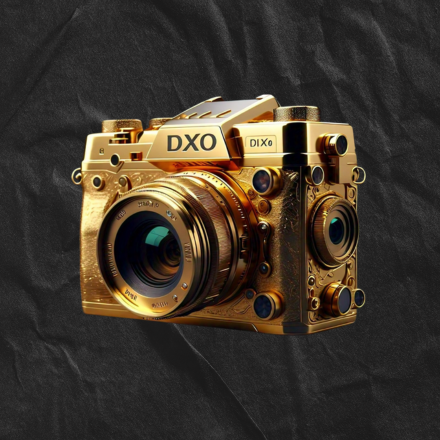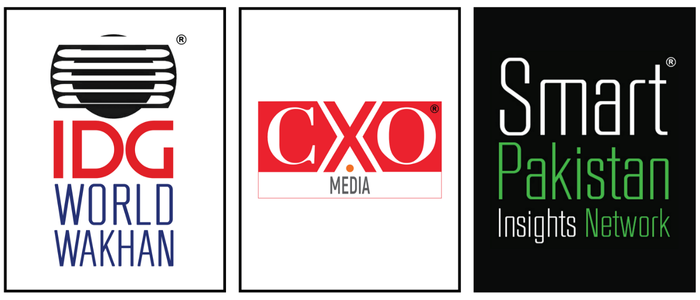By Sadia Rauf
While technology and our sheer existence are now a tightly woven pair – it still takes a bit of marketing trickery to introduce the masses to most technological products. I say ‘most’ because the processor people (Intel rather than AMD) have drilled it in our heads that each new processor will be better than the last. So, instead of having to convince us to upgrade from Centrino to Core 2 Duo – they just need to tell (most of) us that the Core 2 Duo is out and we’ll start staring at our once-upon-a-time cool Centrino machines like they’re diseased and aging. It’s terrible how that happens. I still love the shell of my Dell Inspiron. But it pains me to see the now-dull Centrino sticker on the bottom right of my keypad.
But I’ll get over it.
Moving on (I realize I’m just beginning to sound annoyingly wistful), many a technological advancements aren’t that easy to sell. The IVR (Interactive Voice Response) phenomenon was a difficult transition for me. Suddenly, having a conversation with a computer-generated voice as opposed to a real person was unsettling. And I have to admit, each time I called my bank to check up on the account balance – I just felt better when the person at the other end of the line would tell me, “It’s okay, maybe you’ll manage to save something next month?” Now, it’s just that voice that tells me my account balance is dwindling in three figures and winds up the conversation with a mechanical ‘Thank you for calling.”
However, it’s a matter of getting used to something and then, suddenly, you realize it really is an advancement as opposed to a form of distancing amongst people and the introduction of coldness in relationships.
A few years ago our company worked on the IVR Launch campaign for ABN Amro Bank. The idea was to inform the customers that they now had access to a host of banking services over the phone – and branch visits were no longer necessary. Considering we’re a nation that finds it a little difficult to communicate with each other – we realized that it would be one serious task presenting this IVR option to the masses.
We went with a simple, Layman approach and instead of scaring customers away with the greatness of the IVR technology – we simply focused on the time-saving and convenience aspect. The campaign line read: “Why walk to the bank, when you can talk to the bank.” Since it was a BTL campaign – basic elements such as flyers, posters and floor-standing banners were prepared and the results were positive. The main aim of the campaign was to ensure customers that there was no difference in service but in fact, now it could be faster and more convenient. Branch visits were no longer necessary until and unless it was for a service that the IVR could not cater to. While it took the customers a few months to warm up to talking to a ‘computer’ so to speak – they did eventually convert and if one would ask them today – they can’t imagine what it would be like to bank without the IVR dimension.
That’s how technology works – it scares you at the onset because it’s all shiny and new and you think it’s just going to complicate your life even if you ever manage to fully comprehend it. But then, as you start using it, you realize that, ‘hey, this isn’t so bad’ and slowly start integrating it into your life.
However, a yet evolving technology is that of loyalty programs linked in with the smart/magnetized strip cards. In addition to using these as smart credit/debit cards – organizations are now also using this technology for promotions such as loyalty programs. But that’s where the technology remains fairly unutilized. Most retailers are using the ‘loyalty cards’ in the most basic way – whereby the customer earns some points each time he spends. But the fact of the matter being that a loyalty program can work many wonders – yet no one seems to be waking up to those.
Universally, product popularity often depends on WORM (word of mouth) in conjunction with effective marketing – and that could be the essence lacking in the case of loyalty programs. Smart cards were mainly marketed by banks trying to sell their credit/debit cards – which were more secure than the magnetized strip cards. Hence, the masses only see it as that little chip that just makes their cards more secure. It’s entirely possible that the organizations offering a Loyalty Card to their customers aren’t even aware of exactly how loyalty programs can enhance their sales and overall marketing objectives. Unfortunately, most organizations are wary of investing money in something they’re not too familiar with and are looking for a few solid examples of, perhaps, companies functioning in the local market that are effectively utilizing this technology. Most lack the vision that is required to understand and appreciate the advantages of offering loyalty programs – whereby a loyalty programs can transform their understanding of not just their customers but also refine, for example, the company’s marketing strategies.
Loyalty programs have yet to bloom in Pakistan. Organizations need to understand that spending PKR5 million on advertising may not generate the same long-term results as investing the same amount in a true loyalty program would. They need to be educated and assured that yes – this is the way to go when it comes to customer understanding, service and consistency.
Broadly speaking, it’s getting easier to sell technology – considering we now have a generation out there that hasn’t known life in any other way. But we do need to keep in mind that for each transition – the customers need to be gently eased into the evolution. Technology already has us but the tricky part lies in ensuring that we get the technology, if you know what I mean.





